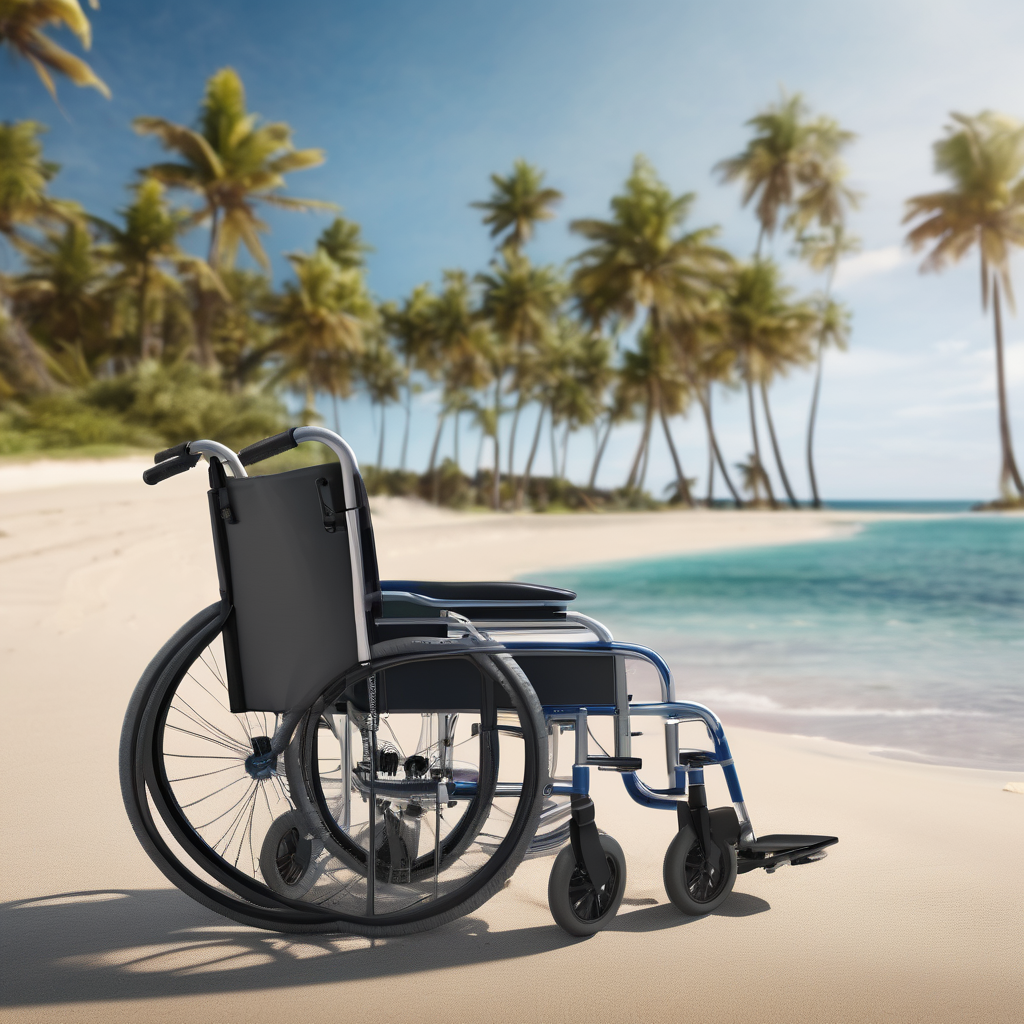Pacific Disability Forum Chief Executive Sainimili Tawake emphasized the importance of recognizing individuals with disabilities as key contributors to disaster risk management and climate action, rather than just beneficiaries of support. Her remarks were made during the 2nd Pacific Disaster Risk Management Ministers Meeting held in Palau.
Tawake argued that people with disabilities must not only be seen through the lens of vulnerability. Instead, they should be integral players in the design, delivery, and monitoring of disaster and climate actions. She called for a deliberate approach to ensure equity and inclusion, urging that disability inclusion be woven into national disaster risk management and climate frameworks. This requires embedding accessibility and universal design into early warning systems, shelters, and recovery programs.
A critical point raised by Tawake was the need for comprehensive data disaggregation by disability, gender, and age, which will inform better planning and resource allocation. She highlighted the persistent barriers countering efficient collaboration between organizations of persons with disabilities and disaster risk management (DRM) policy stakeholders, including inadequate decentralized data systems, lack of budget lines for disability support, and insufficient social protection measures for vulnerable populations during disaster preparedness and recovery phases.
Tawake appealed for cooperation between national agencies and disability organizations to coordinate planning, implementation, and monitoring processes. She noted the significance of regional frameworks, such as the 2050 Strategy for the Blue Pacific Continent and the Sendai Framework for Disaster Risk Reduction, which advocate for integrated approaches to resilience that include all demographics.
To further enhance this momentum, Tawake proposed the creation of a “Pacific Resilience Leadership Academy” aimed at nurturing the next generation of DRM leaders, including young individuals with disabilities. This initiative would not only promote inclusivity in leadership but also help to shape future governance that reflects the values of equity and inclusion.
Her call to action aligns with a broader initiative focused on advancing the rights and appeals of disabled persons within the region, as seen in the ongoing implementation of the 10-year Disability Inclusive Resilience Development Strategy. The introduction of this strategy aims to create an inclusive environment where individuals with disabilities can thrive, especially in contexts affected by climate change and natural disasters.
As Tawake concluded, a truly inclusive Pacific requires that persons with disabilities have equal representation in decision-making processes, with all national plans and legal frameworks embodying principles of equity and inclusion. This vision, shared by leaders across the Pacific, offers a hopeful outlook on building a more resilient and inclusive society that values every individual’s contribution.
